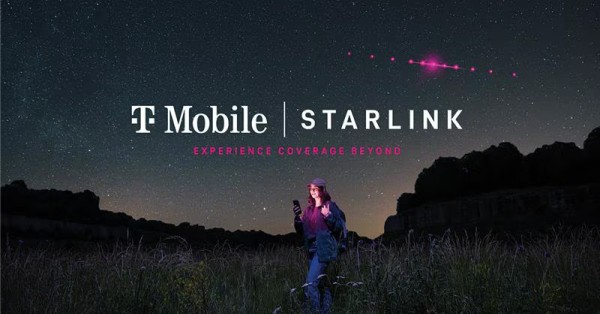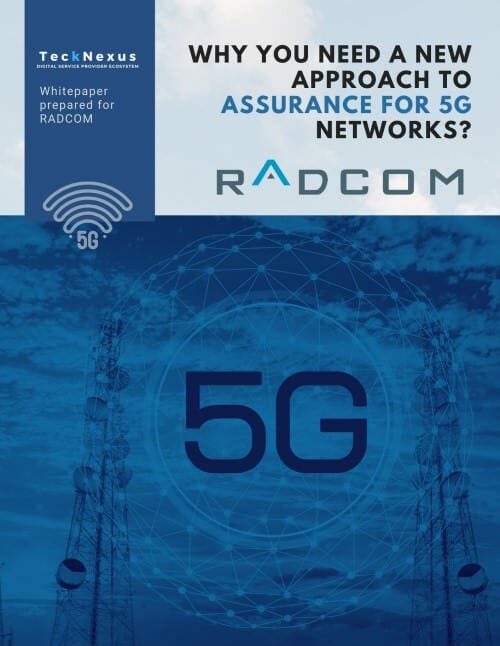T-Mobile has officially launched its Starlink-powered satellite texting service, dubbed T-Satellite, and it’s no longer limited to just T-Mobile users. Whether you’re with AT&T, Verizon, or any other carrier, you can now subscribe to the service and access satellite connectivity in areas with no cellular coverage.
Initially rolled out in beta, the service is now publicly available across the United States, offering basic SMS and location sharing over satellite, with more features to follow.
What Is T-Satellite and How Does It Work?
T-Satellite is a new messaging and location-sharing service built on the back of the Starlink low Earth orbit (LEO) satellite network. With over 650 satellites currently in orbit, the network enables direct-to-device connectivity, eliminating the need for terrestrial cell towers.
Here’s what the service currently supports:
-
Text messaging (SMS) even when there’s no cellular coverage
-
Location sharing via links (ideal for emergencies or off-grid tracking)
-
No app download required – the feature works natively on supported devices
-
Automatic fallback to satellite when traditional signals drop
T-Mobile confirms that more than 60 phone models are currently compatible with T-Satellite, including the iPhone 13 and newer, Samsung Galaxy S21 and up, and the Google Pixel 9. Support is expected to expand further in the coming months.
Notably, the service doesn’t require users to point their phone at the sky or make technical adjustments. As long as the device has a clear view of the sky and no severe weather interference, satellite connectivity should kick in automatically.
Supported Features and What’s Coming Next
At launch, T-Satellite supports basic messaging and location links, but the roadmap includes:
-
MMS and picture messaging on most Android phones
-
Voice messaging support (planned)
-
Satellite-enabled access to select apps like WhatsApp, AllTrails, X, and AccuWeather
T-Mobile aims to expand satellite coverage to international territories and waters, making the service a future-proof option for travelers and outdoor enthusiasts alike.
How Much Does It Cost?
T-Satellite is currently available for $10 per month, but this is marked as a limited-time introductory price. The cost will eventually increase to $15 per month.
It is also included at no extra cost in T-Mobile’s Experience Beyond plan, which starts at $100 per month. This could make it a better value for existing T-Mobile subscribers on premium tiers.
How to Sign Up for T-Satellite Service
The signup process is straightforward:
-
Visit T-Mobile’s T-Satellite landing page
-
Verify if your device is compatible (unlocked devices with eSIM and satellite support are required)
-
Subscribe as a standalone service or activate it through a compatible T-Mobile plan
The service is open to all carriers, so even if you’re on AT&T or Verizon, you can still subscribe and access the network.
T-Satellite vs. Apple and Other Carrier Offerings
T-Mobile’s move follows Verizon’s recent partnership with Skylo to offer free satellite messaging, although that service is limited to Verizon users with newer devices. AT&T is also entering the space via a partnership with AST SpaceMobile, which plans to support both voice and text via satellite.
Apple currently provides emergency SOS messaging and limited Find My location tracking on the iPhone 14 and newer. While Apple’s service is still free, it’s expected to become a paid feature in the future.
Where T-Satellite stands out is device support and broader availability. It works with more models and doesn’t restrict access based on carrier. That flexibility could attract a wider base of users, especially those frequently off-grid.
Who Should Consider T-Satellite?
T-Satellite is ideal for:
-
Hikers, campers, and travelers venturing into areas with limited or no cellular coverage
-
Emergency preparedness users who want a reliable backup communication method
-
Multi-carrier users looking for a single satellite messaging option across devices
-
iOS and Android users seeking cross-platform support without being locked into one ecosystem
Unlike Apple’s satellite feature, which is embedded in only newer iPhones, T-Satellite works with a broader range of Android and iOS devices and doesn’t require emergency-only use.
The Future of Satellite-to-Phone Communication
With the expansion of services like T-Satellite, direct-to-device satellite connectivity is transitioning from a niche to a mainstream feature. These services play a growing role in the Telecom and Satellite & NTN spaces, filling coverage gaps in rural areas, disaster zones, and international waters.
Moreover, as 5G matures and the industry gears toward 6G, we can expect tighter integration between satellite and terrestrial networks, further enhancing Mobility and coverage continuity.
T-Mobile’s Satellite Strategy: Why T-Satellite Matters for Mobile Users
T-Mobile’s T-Satellite service represents a practical step toward universal mobile coverage. While it doesn’t yet support voice or full internet connectivity, it’s a useful bridge for users in remote or disconnected areas. And with its openness to non-T-Mobile customers, it sets a new benchmark for carrier-agnostic satellite connectivity.
As more features roll out and competition intensifies, T-Satellite could play a significant role in shaping the next phase of mobile communication – one where coverage dead zones become a thing of the past.






























